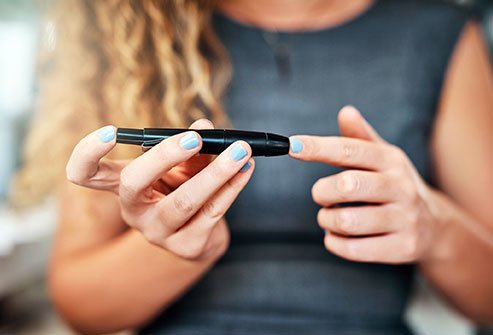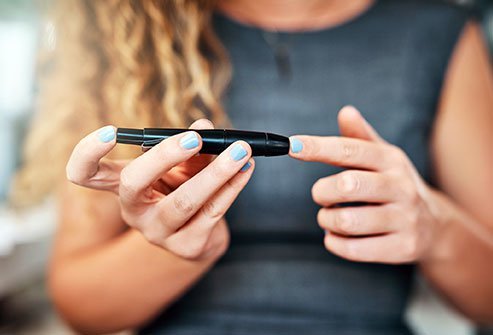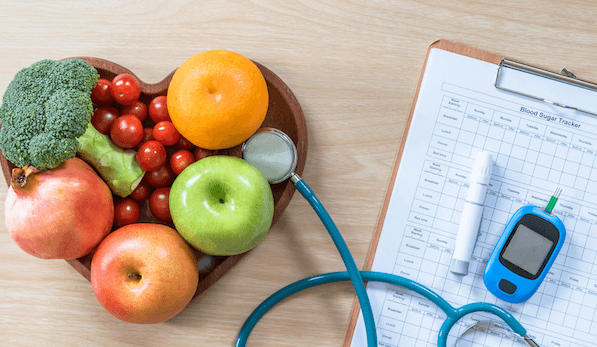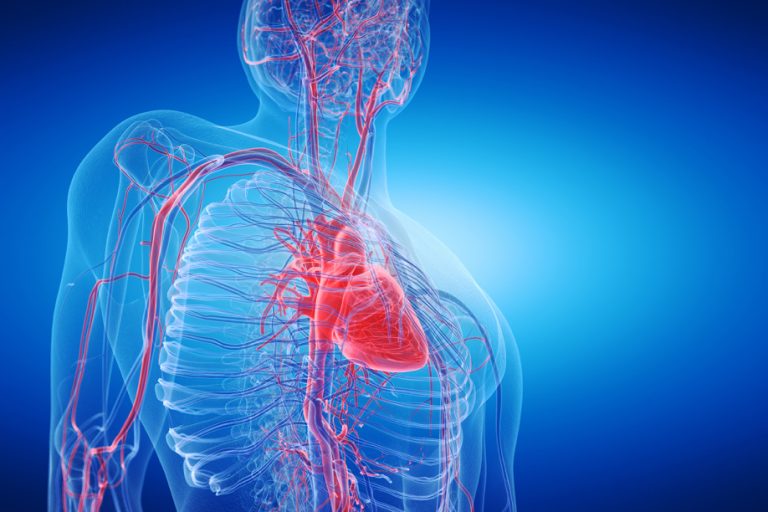Type 2 Diabetes
Author: Recyll Oraiz
Recyll Oraiz
Category: Health
 https://improvehealthbettehttps://improvehealthbetter.com/2021/10/04/type-2-diabetes/r.com/
https://improvehealthbettehttps://improvehealthbetter.com/2021/10/04/type-2-diabetes/r.com/
Type 2 diabetes is a chronic illness that prevents your body from properly utilizing insulin. Insulin resistance is a term used to describe the condition of people with type 2 diabetes. Type 2 diabetes is a complex condition. Both hereditary and environmental factors play a role in the disorder’s clinical manifestation. One idea for its cause is that it is the product of the evolution of a thrifty genotype that provided survival benefits in the past but is now harmful in today’s environment. It could be an adult metabolic response to fetal starvation, according to one idea.
Insulin is a hormone produced by your pancreas. It aids in the conversion of glucose, a form of sugar, from the food you eat into energy in your cells. Type 2 diabetics produce insulin, but their cells don’t use it as well as they should.
Many people with type 2 diabetes are unaware of their diagnosis until they undergo a blood test or the disease advances to the point where significant problems emerge.
9 Easily Recognized Diabetes Warning Signs
1. Strange Limb Sensations – **before we realize we have a metabolic
disorder, it can influence and destroy our nerves. Tingling, numbness, and burning sensations in the feet and hands are symptoms of damaged nerves.**
**In fact, when it comes to nerve compression caused by lumbar and
cervical disc abnormalities, as well as other neurological disorders, this is a very regular occurrence. It could, however, indicate that we are suffering from a persistent illness.**
2. Change in Vision – **diabetic retinopathy is caused by damage to the
retina’s tiny blood vessels. It has something to do with elevated blood sugar. It’s possible that you’ll go blind if you don’t identify and cure it early. The longer you have diabetes, the more likely it is that you may develop it again. Your chances are better if you maintain your blood sugar in check.**
3. Dry Mouth – **Xerostomia can be a symptom of diabetes and also a
side effect of the medication that treats diabetes. When a person’s salivary glands don’t produce enough saliva to keep the mouth moist, it’s called xerostomia.**
People who have dry mouth as a result of medication should talk to their
doctor about switching drugs. Managing any underlying diseases, such as diabetes, by keeping blood sugar levels within a safe range, may also be beneficial.
4. Infections or non-healing sores – **wounds heal slower and progress
faster in people with diabetes. When blood sugar levels are greater than normal, nutrients and oxygen are blocked from reaching cells, your immune system is hampered, and inflammation in the body’s cells increases. These side effects hinder the healing process of wounds.**
5. Peeing often – **Peeing more frequently during the day is one of the
most prevalent early indications of diabetes. It can, however, occur at any time of day. When you have too much sugar in your blood, as you do if you have diabetes, your kidneys must work harder to remove it. They are compelled to produce more urine as a result of this action. Even if you’re sleeping, the procedure continues. Diabetic renal and bladder damage are other possible side effects. Both of these factors can make you pee more frequently.**
6. Increased thirst – **Polydipsia is the medical term for excessive
thirst caused by diabetes. Both diabetes mellitus and diabetes insipidus are prone to it.**
**When your blood sugar levels are too high, you get diabetes mellitus,
which encompasses both type 1 and type 2 diabetes. Type 1 diabetes is an autoimmune condition in which the pancreas stops producing insulin, a hormone that enables blood sugar enter cells. When you have type 2 diabetes, your body either doesn’t generate enough insulin or doesn’t use it properly.**
7. Fatigue and Tiredness – **Too high or too low blood sugar levels are
two prevalent causes of weariness and lethargy. Tiredness is caused by an imbalance between one’s blood glucose level and the amount or efficiency of circulating insulin in both circumstances. If you’re weary during the day despite getting enough sleep, it could be due to high or low sugar levels. It’s recommended to check your blood glucose levels to see if your weariness is caused by high or low sugar levels.**
8. Red, swollen, tender gums – **People with diabetes who have abnormal
blood glucose levels are more likely to develop dental problems and gum disease than those who do not have diabetes. This is due to their decreased resistance to infection and the fact that they may not heal as quickly as others.**

If you have diabetes, you should focus on your oral health and dental care
as well as blood glucose control. For guidance on how to maintain your teeth and gums healthy, see your dentist on a regular basis.
To avoid these dangerous situations, it’s critical to have your blood sugar under control:
Hypoglycemia. Accidents, coma, and death can occur if your blood sugar drops below 70 milligrams per deciliter (mg/dL).
Hyperglycemia. Blood sugar levels of 180 to 200 mg/dL might cause difficulties with your heart, nerves, kidneys, and vision. It can potentially lead to coma and death in the long run.
Controlling your blood sugar, blood pressure, and cholesterol levels, as well as quitting smoking if you smoke, are all crucial aspects of managing type 2 diabetes. Planning healthy meals, restricting calories if you’re overweight, and staying active are all part of diabetes management. Taking prescribed medications is also a no-no. Create a diabetic treatment plan that works for you with the help of your medical team.
To avoid significant consequences, it’s critical to get evaluated and begin treatment as soon as possible.
Reduce your risk of developing type 2 diabetes by losing weight, move more and eat healthy foods.












